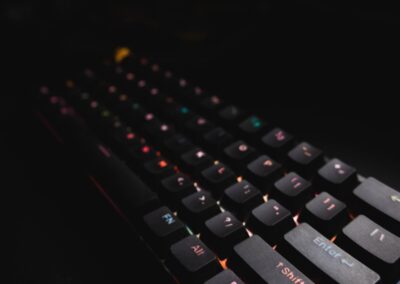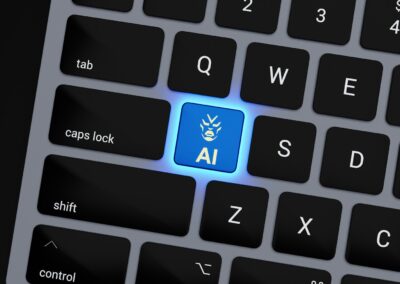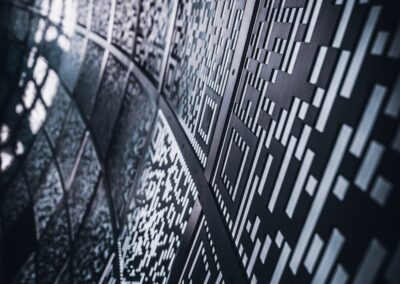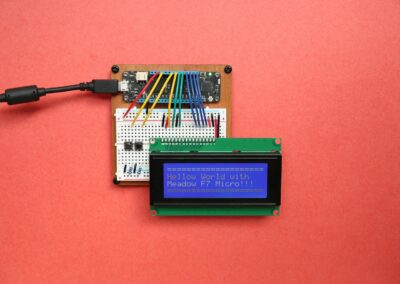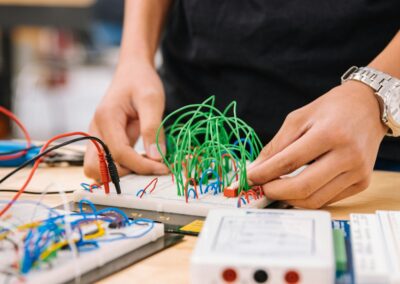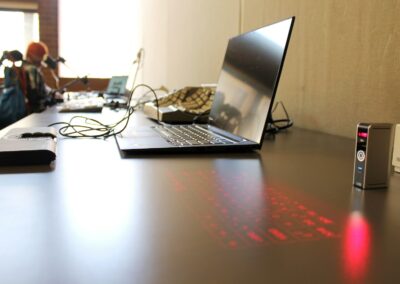The Need for Updated IoT Standards and Protocols in an Evolving Landscape
Evolving IoT standards and protocols are crucial in ensuring that the rapid advancements in IoT technologies can be seamlessly integrated and effectively utilized across various industries. As cities like Riyadh and Dubai continue to invest in smart city initiatives, and as organizations in Saudi Arabia and the UAE push the boundaries of digital transformation, the need for robust and flexible standards becomes more apparent. Without updated standards, the interoperability, security, and scalability of IoT systems could be compromised, leading to inefficiencies and vulnerabilities.
In the context of smart cities, where IoT devices are deployed to manage everything from traffic flow to energy consumption, the ability of these devices to communicate and operate cohesively is paramount. However, as new technologies emerge, existing standards may no longer be sufficient to support the complexity and scale of modern IoT networks. For example, the rise of 5G networks and the increasing use of artificial intelligence (AI) in IoT systems demand that standards evolve to accommodate faster data transfer rates, lower latency, and more sophisticated data processing capabilities.
Furthermore, the importance of updated protocols extends beyond technological considerations. In regions like the UAE and Saudi Arabia, where data privacy and security are top priorities, the standards governing IoT devices must also evolve to address new threats and challenges. This includes ensuring that data transmitted between devices is encrypted and that access control mechanisms are robust enough to prevent unauthorized access. As IoT technologies continue to evolve, so too must the standards and protocols that govern them.
Challenges in Updating IoT Standards and Protocols
While the need for updated IoT standards and protocols is clear, the process of developing and implementing these updates is fraught with challenges. One of the primary obstacles is the sheer diversity of IoT devices and applications. IoT technologies are used in a wide range of industries, from healthcare and finance to agriculture and manufacturing, each with its own unique requirements and constraints. Developing a one-size-fits-all standard that can accommodate the needs of such a diverse ecosystem is a significant challenge.
Another challenge is the pace of technological change. IoT technologies are evolving rapidly, with new devices, protocols, and use cases emerging regularly. Keeping standards and protocols up to date with these advancements requires a coordinated effort from industry stakeholders, including device manufacturers, software developers, and regulatory bodies. However, the process of developing new standards can be slow, often lagging behind the pace of innovation. This disconnect can lead to a situation where outdated standards hinder the adoption of new technologies, limiting their potential impact.
Additionally, there is the challenge of achieving global consensus on IoT standards. While regions like the UAE and Saudi Arabia may have specific requirements and priorities, IoT is a global industry, and standards must be universally applicable. This requires collaboration between different countries and regions, each with its own regulatory frameworks and industry practices. Achieving consensus on a set of standards that meets the needs of all stakeholders can be a complex and time-consuming process.
Strategies for Keeping IoT Standards and Protocols Up to Date
To address the challenges associated with updating IoT standards and protocols, several strategies can be employed. One of the most effective approaches is the adoption of a modular standardization framework. This approach allows different components of an IoT system, such as communication protocols, security measures, and data formats, to be standardized independently. This modularity provides the flexibility needed to update specific aspects of the standard without requiring a complete overhaul, making it easier to keep pace with technological advancements.
Another strategy is to encourage greater collaboration between industry stakeholders. By bringing together device manufacturers, software developers, regulatory bodies, and end-users, it is possible to develop standards that are both technically robust and aligned with the needs of the industry. In regions like Saudi Arabia and the UAE, where governments play a significant role in driving digital transformation, public-private partnerships can be particularly effective in fostering this collaboration. These partnerships can help ensure that standards are developed in a way that supports national priorities while also meeting international requirements.
The use of open standards is also a key strategy for keeping IoT standards and protocols up to date. Open standards are publicly available and can be adopted by any organization, promoting greater interoperability and reducing the risk of vendor lock-in. As IoT ecosystems become more complex, the adoption of open standards can facilitate the integration of new technologies and devices, ensuring that IoT systems remain scalable and adaptable. Moreover, open standards encourage innovation by providing a common platform on which new solutions can be developed and deployed.
Conclusion: The Future of IoT Standards and Protocols
In conclusion, the evolution of IoT standards and protocols is essential for ensuring that IoT technologies can continue to drive innovation and efficiency in various sectors, from smart cities to industrial automation. As regions like Saudi Arabia and the UAE continue to lead in digital transformation, the need for updated standards that can support the next generation of IoT solutions becomes increasingly critical. By adopting strategies such as modular standardization, fostering collaboration, and embracing open standards, industry stakeholders can ensure that IoT systems remain secure, interoperable, and capable of meeting the demands of the future.
Ultimately, the success of IoT technologies will depend on the ability of organizations to adapt to new challenges and opportunities as they arise. By staying ahead of the curve and proactively updating IoT standards and protocols, businesses can unlock the full potential of IoT, driving growth and innovation in the years to come.
—
#IoTStandards, #IoTProtocols, #SmartCities, #DigitalTransformation, #OpenStandards, #SaudiArabia, #UAE, #Riyadh, #Dubai, #BusinessSuccess











